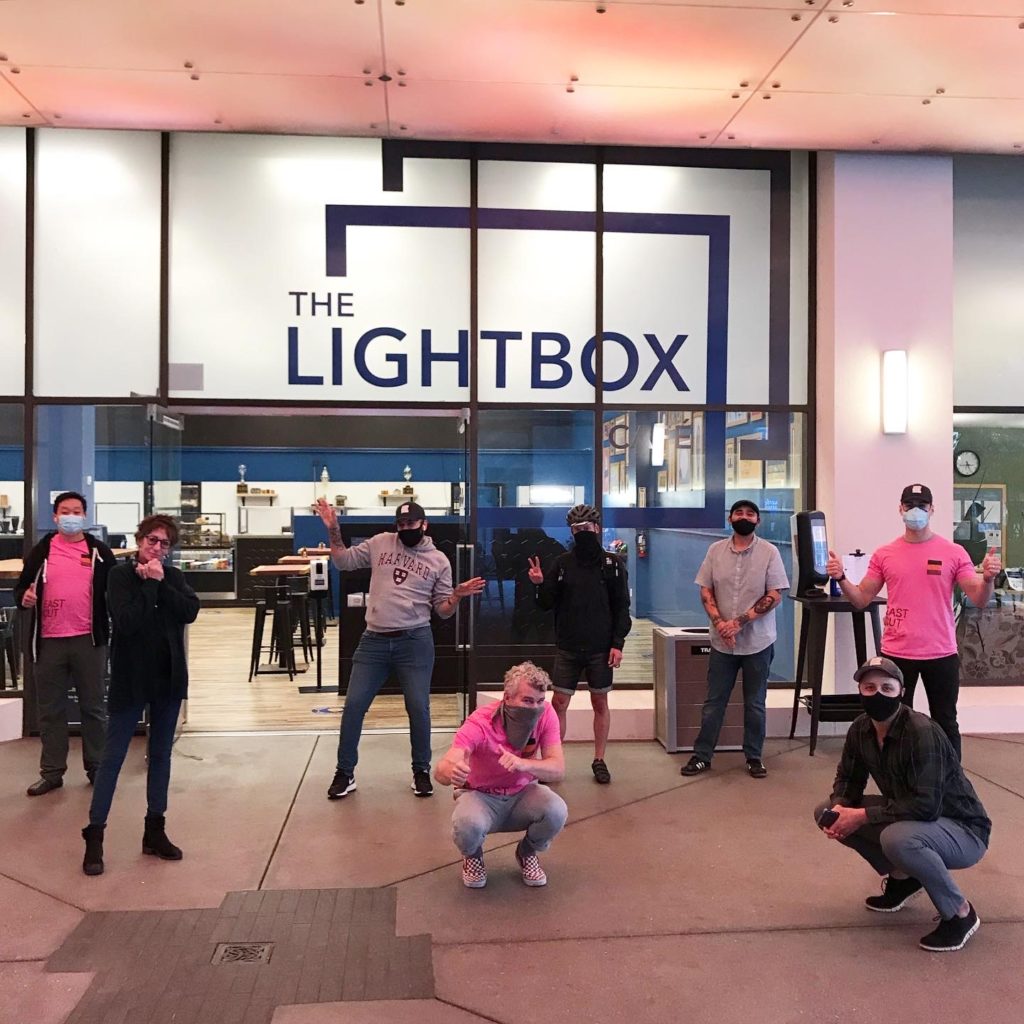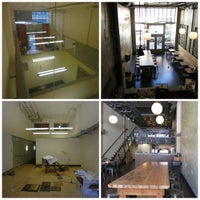
The cops picked up their kickbacks in exchange for letting the clubs operate in Chinatown. A lot of beat cops spent a lot of time at the Wah Mee and other Chinatown gambling clubs and speakeasies. Seattle's longstanding gambling-tolerance policy helped to keep clubs such as the Wah Mee open for decades. That Buddha's belly had been rubbed many times for good luck" (Olson interview with author).įor most of its existence, the Wah Mee Club was a hub for gamblers eager to wager up to $1,000 per hand and try their luck at Pai Gow, poker, and mah-jongg. "Once someone buzzed you in, there was a three-foot Buddha on a pedestal just inside the entrance. "I remember there was only one set of security doors back then," Olson recalled during a 2007 interview. One person with fond memories of the Wah Mee Club was Windsor Olson, a private investigator who visited the club with his wife, Dorie, for late-night cocktails and dancing. They stepped from the filthy alley and the cool night into the Club Oriental with its soft, dim lights, its long curving bar, its deep carpets, its intimate tables, and its small dance floor" (Okada, 71). Kenji poked the buzzer and, momentarily, the electric catch buzzed in return. Up the corridor, flanked on both sides by walls of glass brick, they approached the polished mahogany door. Under the guise of a private, licensed club, it opened its door to almost everyone and rang up hefty profits nightly. It was a bottle club, supposedly for members only, but its membership consisted of an ever-growing clientele. "Halfway down an alley, among the forlorn stairways and innumerable trash cans, was the entrance to the Club Oriental. In No-No Boy, the Wah Mee Club is renamed Club Oriental and is described thusly by Okada: John Okada, author of No-No Boy, based his novel's central gambling club on the Wah Mee, a place he frequented during the 1940s. "You don't speak with any real authority about Seattle of the '30s, '40s, or '50s if you can't say when you first stepped into the electric, smoky Wah Mee" ("Our Life Is War"). For many years, a red, neon Wah Mee Club sign hung on the building's side, beckoning visitors to enter the club halfway down Maynard Alley South. "The Wah Mee Club was famous in Seattle," Seattle Weekly's Frank Chin wrote. Beginning in the 1920s, it was one of several clubs that operated in and around Chinatown, offering music, dancing, liquor, and gambling. The Wah Mee Club was located in a ground-floor space of a tenement hotel built in 1909. The Wah Mee Club will remain shuttered and padlocked until it is consumed by fire on Christmas Eve 2013. Two assailants will receive life sentences for murder the third, convicted of robbery and assault, will be paroled after 30 years and deported to Hong Kong. Police will arrest the three men - one of whom flees to Canada - and the surviving eyewitness will testify during three high-profile trials.

They leave behind 13 dead, one eyewitness, and a chapter of Pacific Northwest history known as the Wah Mee Massacre.


On February 19, 1983, three armed men enter the Wah Mee Club, a gambling club in Seattle's Chinatown International District, to carry out a bold heist.


 0 kommentar(er)
0 kommentar(er)
